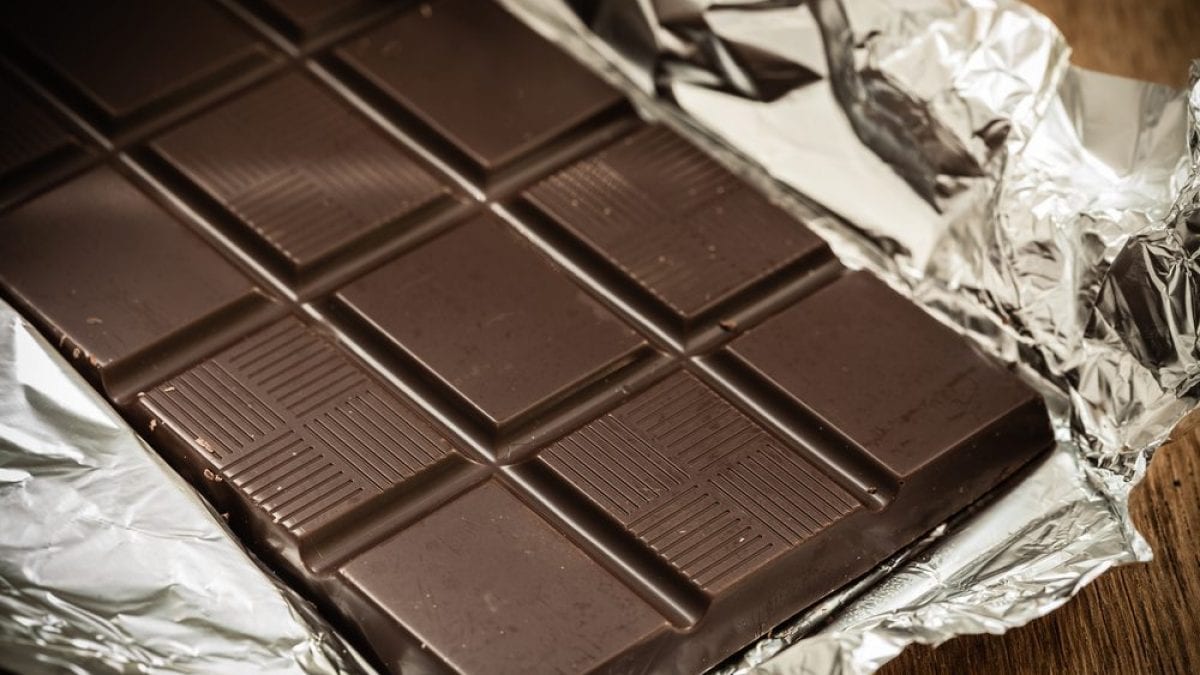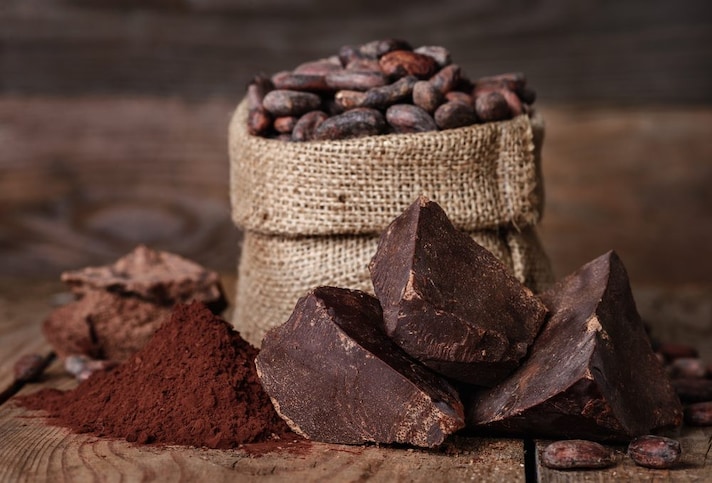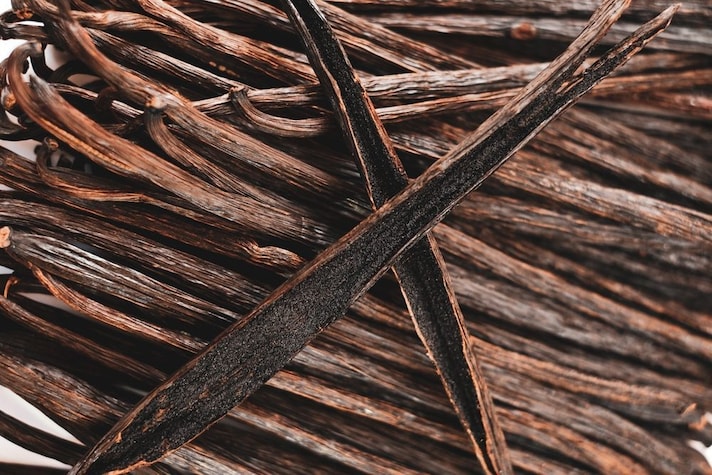
Thanks to an ever-increasing awareness that health depends on what we eat, packaged products are among the most scrutinized by consumers, who come to the point of purchase with greater preparation than in the past. This magnifying glass also includes chocolate, the guilty pleasure par excellence, beloved by gourmets and children alike, enjoyed as pralines or snack, or used as an ingredient in delicious desserts, from cakes to mousses. How can we tell if a chocolate is high-quality and the right one to choose for our culinary mission?
The answers are contained on the label, which must comprehensively describe all the characteristics that define the product: in the U.S., cocoa and chocolate are regulated by the FDA under 21 CFR Part 163, which sets standards for products like milk chocolate, dark chocolate, and cocoa. For example, the FDA states that products labeled “chocolate” must contain cocoa butter and specific cocoa solids—“products with non-cocoa fats cannot legally be called chocolate.”. Let's look at the main information to help you navigate the shelves.
Label: Mandatory and Optional Information
We now know that labels provide insights into a product's unique characteristics, from its ingredients to its provenance, even if they aren't always easy to read. For chocolate, here are the general rules that distinguish mandatory information for all types from optional information.
Mandatory Information
The following must always be indicated on the label:
- Sales Name (Product Description): Clearly state the type of chocolate product—e.g., chocolate bar, cocoa powder, filled chocolates, etc.
- Minimum Cocoa Content (%): Indicate the minimum percentage of cocoa solids present, typically noted as “contains at least X% cocoa.”
- List of Ingredients: All ingredients must be listed in descending order by weight, starting with the main component.
- Name and Address of Responsible Party: Include the name and location of the manufacturer, packager, or authorized seller.
- Expiration Date (Best Before): Provide a “best before” date to indicate how long the product retains its expected quality if properly stored.
- Net Quantity: Display the amount of product, excluding packaging, in weight (grams/ounces) or volume, as required.
Optional Information
The information found on the label is often more exhaustive than the mandatory information alone, as these variables are also commonly found:
- Nutrition Facts Panel: Must include energy (calories), total fat, saturated fat, trans fat, cholesterol, sodium, total carbohydrates, dietary fiber, total sugars (including added sugars), and protein—presented per serving and as % Daily Values.
- Storage Instructions: Optional but recommended—common phrases include “Store in a cool, dry place” to maintain quality and shelf life.
- Use of the Term “Pure”: In the U.S., “pure chocolate” is not a regulated term, but FDA standards (21 CFR Part 163) imply it refers to chocolate made with only cocoa butter as the fat—not other vegetable fats. Misuse could be considered misleading under FDA labeling rules.
- Quality Descriptors (e.g., Fine, Extra Fine): Terms like “superior,” “fine,” or “extra fine” are not defined by U.S. regulation and are considered marketing terms. However, they must not mislead consumers about the actual quality or composition of the product.
Pay Attention to The Ingredients: What Are The Main Ones?
The list of ingredients is always an excellent litmus test for understanding the quality of a product. The order in which they are listed is important, as it reveals the specific weight each element has in the recipe, from greatest to least. For example, taking a dark chocolate bar, which is based on cocoa and sugar (without added milk, hazelnuts, or spices), the ingredients that generally compose it are the following.
1. Cocoa Paste (or Mass)

Make sure it's always listed as the first ingredient, otherwise you're wary of the product. This element, in fact, is crucial in defining the unique characteristics of chocolate, as it is the result of processing the raw material, the cocoa beans, roasted and finely ground, which results in a fluid compound. It is composed of cocoa powder and cocoa butter, the fat contained within the seeds.
2. Sugar

This is the second element on the list. By regulatory definition, chocolate is a mixture of cocoa and sugars, which must therefore be present at least 1%. The most commonly used is refined white sugar, but cane, whole, or muscovado sugar are also used to characterize a product. In the nutritional table, the amount of sugars is broken down within the carbohydrate content (e.g., carbohydrates 29%, of which sugars 21%): in milk or white chocolate, the amount is higher than in dark chocolate, which has a significant amount of cocoa mass, compared to the former and especially the latter, which is free of it, thus resulting in a much sweeter taste, suitable for making icings for cakes and not for tasting.
3. Cocoa Butter

This is the fatty substance extracted from cocoa beans, which varies depending on the country of origin, and which can be further added. By law, chocolate must contain a minimum amount of dry cocoa solids (35%), of which 18% must be cocoa butter. At the same time, however, the law establishes that other vegetable fats can be used, as long as the previous two values are not reduced and that these total do not exceed 5%. These alternatives include illipe butter, Bomeo tallow or Tengkawang, palm oil, Shorea robusta fat and stearin, shea butter, coconut butter, and mango kernel. Furthermore, the use of coconut oil in chocolate used to coat ice cream or similar frozen products is permitted. Since they are much cheaper variants of cocoa butter, their presence indicates a lower-quality product. In the nutritional values listed on the label, the only fats included in dark chocolate are those from cocoa butter, which are predominantly saturated fatty acids (oleic and stearic). Milk chocolate bars have higher lipid content, including those from milk or its derivatives, while white chocolate bars, which contain the highest levels of fat, also contain higher lipids.
4. Lecitin

This is a natural food additive with an emulsifying effect. It's commonly used to stabilize various ingredients, particularly to dissolve sugars in fats, resulting in silky, dense textures. It reduces the amount of cocoa butter used to cut production costs.
5. Vanilla

Among the ingredients, it is also possible to detect various flavors: the most common is vanilla. This combination in itself is not a flaw, as vanilla beans are expensive: it could therefore emphasize the chocolate aroma. On the contrary, the use of vanillin, as a synthetic and very accessible substance, is not a positive sign, as it tends to be used to correct a mediocre and anonymous product.
What Does The Cocoa Percentage Indicated on The Packaging Mean?
Chocolate bar wrappers often feature a large percentage written on the front of the package, especially when it comes to dark chocolate. This number represents the amount of dry cocoa solids used compared to sugar. This means that a 35% chocolate will be sweeter, while a 99% one will be more intense and bitter. However, this has nothing to do with quality, as there are many factors that determine the excellence of a chocolate. And if the truth lies somewhere in the middle, even in this case experts tend to agree that a 70% dark chocolate has the right balance between acidity and delicacy, as reiterated several times by "king" Ernst Knam.
The dry substance of cocoa is nothing more than the sum of the parts of the bean used, which however are not always the same: in fact, it can contain only the cocoa paste or have additional cocoa butter, in addition to that already contained in the mass. This leads to a different composition of the chocolate, distinguishable precisely from the label, which indicates the exclusive use of cocoa paste obtained by roasting and grinding the bean, as well as the possible addition of cocoa butter: two products both with 80% cocoa, for example, are not the same thing. What is not possible to distinguish are the precise percentages of cocoa powder and cocoa butter taken separately: to simplify, the label always helps, since, as we have seen, in dark chocolate the fats correspond to those of cocoa butter, while it is impossible to do this in milk chocolate, given that milk fats are also present.
In summary, here are the minimum percentages of cocoa, cocoa butter (and any other necessary ingredients) contained in the various types of chocolate you find on the market:
In summary, here are the minimum percentages of cocoa, cocoa butter (and any other necessary ingredients) contained in the various types of chocolate you find on the market:
- Dark chocolate: total cocoa 35%, cocoa butter 18%.
- Extra dark chocolate: total cocoa 43%, cocoa butter 26%.
- Very fine dark chocolate: 43% cocoa, around 30% cocoa butter;
- Finest milk chocolate: 30% cocoa, around 25% cocoa butter;
- Milk chocolate: total cocoa 25%, cocoa butter 25%, milk powder or concentrate 14%.
- White chocolate: cocoa butter 20%, milk powder or concentrate 14%, sugar 55%.
- Couverture chocolate: total cocoa 35%, cocoa butter 31%.
- Gianduja: total cocoa 35%, hazelnuts 20%, cocoa butter 18%.
- Low fat chocolate: total cocoa 35%, cocoa butter 5%.
There is No Such Thing as Sugar-Free Chocolate
The chocolate label is also an ally against health-related claims, for example when a bar is advertised as sugar-free. As with other products, from jams to drinks, this acronym hides ambiguities: in chocolate, in particular, the presence of sugar is inevitable, as to be defined as such it must contain at least 1%; otherwise, we are dealing with cocoa mass, which is 100% cocoa. The wording usually corresponds to the absence of sucrose, but this implies the presence of other sweeteners, from stevia to maltitol. These zero-calorie alternatives, however, do not automatically make the chocolate healthier.
;Resize,width=767;)
